Free Homebrew VoIP with Google Voice and Intel Atom
Building an Intel Atom 230 Server
As much as it may seem strange to call an Intel Atom 230-based mini-ITX system a ‘server’, that is exactly what we need. For those of you that already know how to build a PC, you will likely want to just skip to the next page. However, for those that would like a refresher course, I am briefly going to run over the primary steps on building this computer.
The Necessary Parts:
- Intel BOXD945GCLF Atom 230 Motherboard – $64.99
- Seagate Barracuda 7200.10 80GB Hard Drive – $34.99
- Kingston ValueRAM 512MB Memory – $9.49
- InWin BP655 Mini-ITX Case with 200W PSU – $39.99
The Intel Atom 230 Server comes to a grand total of $149.46 + shipping. That is about as cheap of a brand new PC that you can build! Notice that we did not include an optical drive. That is because we do not need one once the OS is installed. However, an optical drive will be required briefly while the OS is installed from a CD, but once the OS is installed, we no longer have a need for an optical drive. Try to use a spare or borrow an optical drive from a friend for the OS install.
The Build:
Once the parts are in-hand, we can begin building the PC! Start by removing the cover from the case. Pull the wires to the side and remove the hard drive cage.
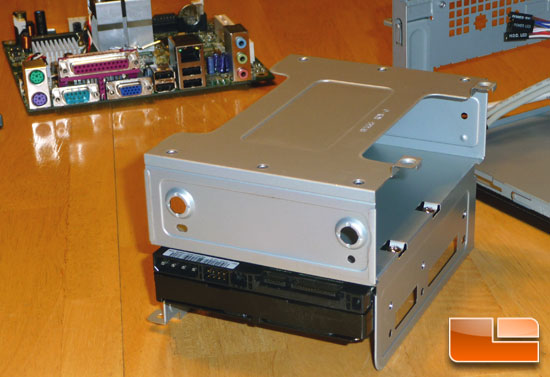
Before installing the motherboard, go ahead and install the single memory module on the motherboard. There is only one way the notch on the memory module will line up and just firmly press the module until the levers close to secure the memory module in place. Next, insert the metal backplane that was included with the Intel motherboard in the rectangular hole on the back of the InWin case. Then insert the motherboard and secure with four screws that came with the case.
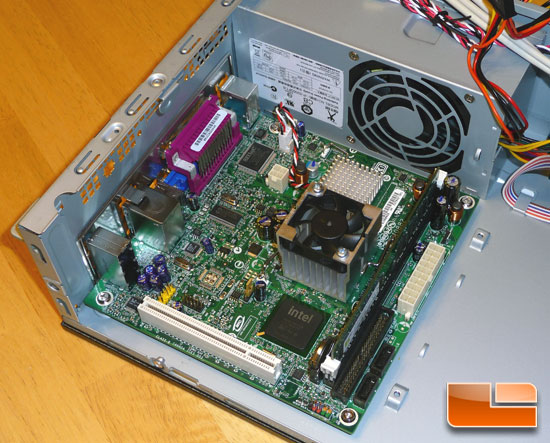
Now that the motherboard is installed, we should go ahead and connect the front panel headers that come from the front USB/audio ports and the power/reset buttons. Follow the instructions in the motherboard documentation on how to orientate the power button, power led, reset button and hdd led wires on the motherboard’s front panel header. The usb and audio cables will attach to the motherboard with a standard connector that only goes on the motherboard headers one way.
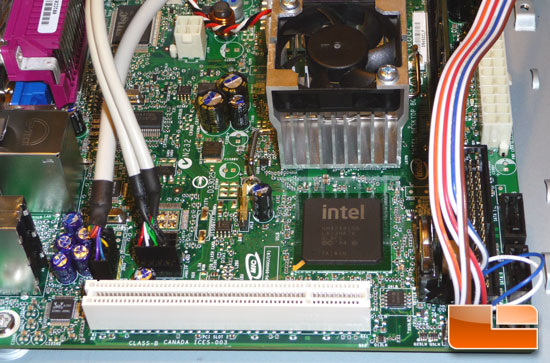
Now that we have those tiny front panel wires installed on the motherboard, let’s go ahead and install the hard drive cage with the hard drive already fastened to the cage. You may wish to route the SATA power wire from the power supply under the hard drive cage in order to keep the wire out of the way. Once the hard drive cage is reinstalled, go ahead and plug the SATA power connector and SATA data cable into the hard drive. Then plug the other end of the SATA data cable into the SATA0 port on the motherboard.
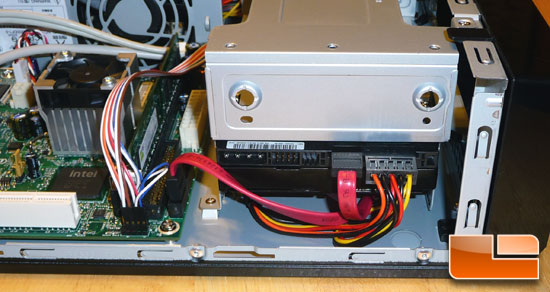
Now it is important to plug the fan header from the case fan on the spare fan header on the motherboard. Then connect the 4-pin power connector from the PSU to the matching port on the motherboard. Finally, do the same with the 20-pin power connector. You will notice a detachable 4-pin connector attached to the 20-pin power connector; we will not need to use those on this motherboard.
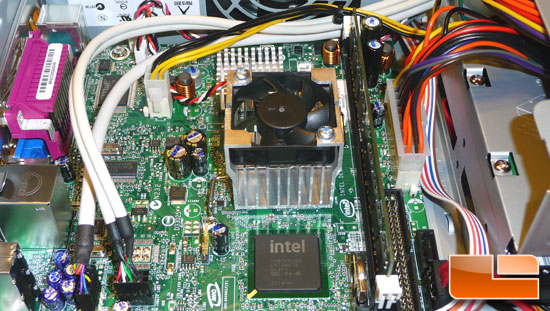
Now the core components are all installed in our Intel Atom 230 server. Feel free to put the cover back on the case, but don’t forget we will need an optical drive in order to install the operating system.
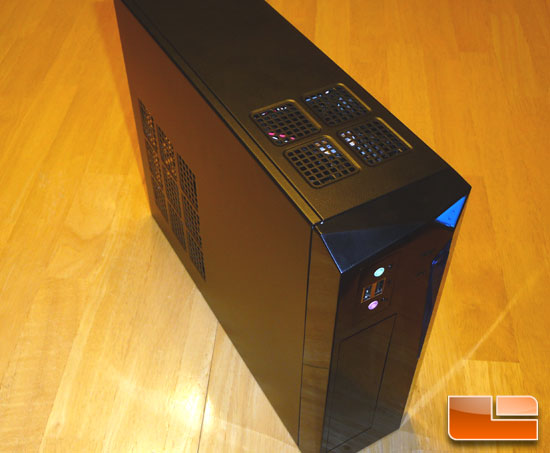
Now that we have our server built, it is time to start the OS install. We will be following instructions to install a CentOS-based Linux operating system with all of the open source software we need to have a homebrew Asterisk Server with a web interface to control our home phone system.

Comments are closed.